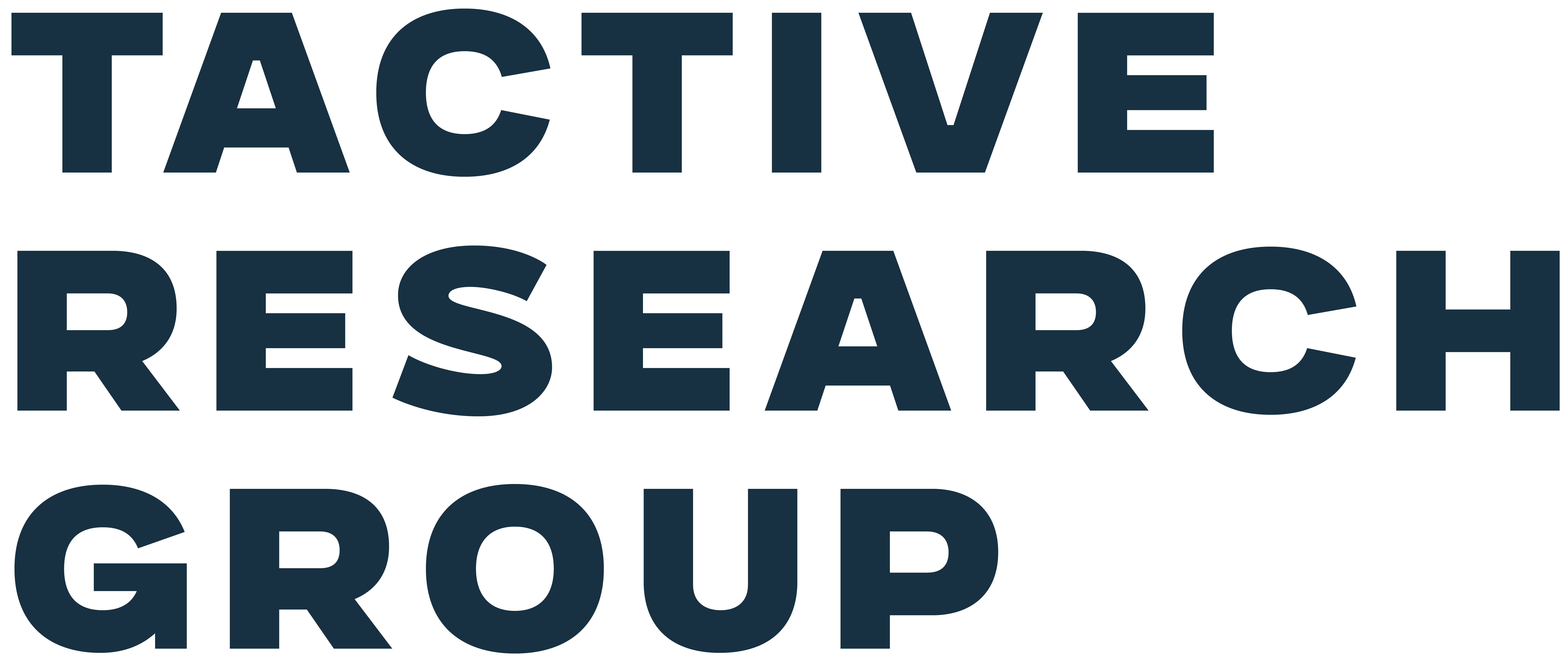Cloud outages do not have to grind operations to a halt. CIOs should proactively architect for failure by embracing multi-cloud, hybrid cloud, or multi-region deployments and redundant alert channels to ensure resilience when cloud outages occur.
Why You Should Care
- Single cloud deployments are becoming less of a norm. Multi‑cloud, hybrid cloud, and multi‑region deployments dilute risk and distribute workloads to mitigate outages from a specific cloud provider or in a specific region.
- Alert systems should survive an outage. If your alert management system and production system are hosted by the same cloud provider, you risk going dark during an outage. Hosting your alert management system independently can reduce response times.
- Simulate to stimulate preparedness. Regular outage simulations, akin to disaster‑recovery drills, help validate failover plans and iron out kinks before real incidents strike.
What You Should Do Next
- Decouple your alerting system from core infrastructure by spinning it up in an alternative cloud or on-prem site.
- Schedule outage drills annually or semi-annually, covering failovers, alert triggers, and rollback procedures.
- Conduct a resilience audit of your cloud systems. Map out all cloud and regional deployments, then actively test and validate your failover processes to ensure they work under real‑world conditions.
Get Started
- Conduct a cloud provider review. Map critical services, identify single points of failure based on your city, provider, or region, and plan for diversification.
- Graduate your alert system. Set up your alert management system in a separate cloud or on-premises and include backup notification channels, like SMS, that do not depend on your cloud provider.
- Bolster your overall resilience by reinforcing more than just your cloud architecture. Go beyond multi-cloud, hybrid cloud, and multi-region setups to secure the supporting infrastructure. Upgrade firewalls, enforce VPNs, and monitor connectivity health to ensure end-to-end robustness.

